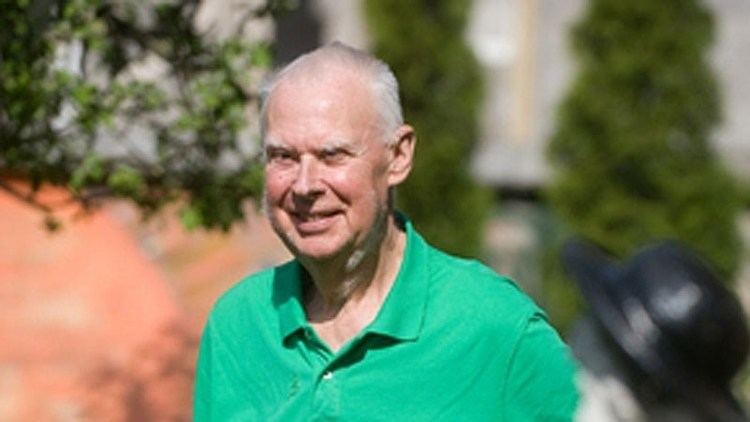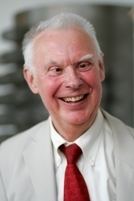Name Eino Tamberg | Role Composer | |
 | ||
Died December 24, 2010, Tallinn, Estonia Education Estonian Academy of Music and Theatre Music director Inimesed sodurisinelis, Jonn, Mardileib Similar People Alfred Schnittke, Otar Taktakishvili, Mikhail Glinka, Reinhold Gliere, Alexander Goedicke | ||
Timofei dokshizer eino tamberg trumpet concerto no 1 op 42
Eino Tamberg (27 May 1930 – 24 December 2010) was an Estonian composer.
Contents
- Timofei dokshizer eino tamberg trumpet concerto no 1 op 42
- Eino tamberg aaria
- Works
- Selected works
- References

Tamberg was born in Tallinn. He studied music composition with Eugen Kapp at the Tallinn Conservatory, graduating in 1953. In Estonia he first became known with his song cycle Viis romanssi Sándor Petöfi luulele (1955) based on poetry by Sándor Petőfi, and with his Concerto Grosso (1956), for which he won a gold medal at an international music festival in Moscow. Tamberg was an important initiator of the anti-romantic composition movement of the late 1950s. His vision on music composition belonged to the so-called New Wave in Estonian music. He became more known outside Estonia from approximately 1960, writing music for a large variety of genres, but in particular music for theater, and symphonic music. He died in Tallinn.

Tamberg was one of the most important representatives of neoclassicism in Estonian music, though his later works were more expressionistic in style. Since 1969 he was teaching at the Estonian Academy of Music, where he also held a professorship since 1983. For the 1997–1998 season he was composer-in-residence with the Estonian National Symphony Orchestra.

Eino tamberg aaria
Works
Two of Tamberg's most notable works are the ballet Johanna tentata (1971) and the Trumpet Concerto No. 1 (1972). The trumpet concerto remains one of his most popular works and was performed not only in Europe, but also in Hong Kong and Singapore, and was recorded by Håkan Hardenberger. Tamberg also wrote concerti for violin (1981), saxophone (1987), clarinet (1996), bassoon (2000), cello (2001) and a second trumpet concerto (1997). He has also composed four symphonies.
His second opera, Cyrano de Bergerac premiered in 1976. This romantic work shows the influence of early Baroque conventions and bel canto singing. It consists of three acts and an epilogue (Op. 45) and was written in 1974 using a libretto by Jaan Kross, based on the play by Edmond Rostand.
On the occasion of the 50th anniversary of the United Nations (1995) he wrote his Celebration Fanfaresse which was premiered in New York City under Neeme Järvi.
